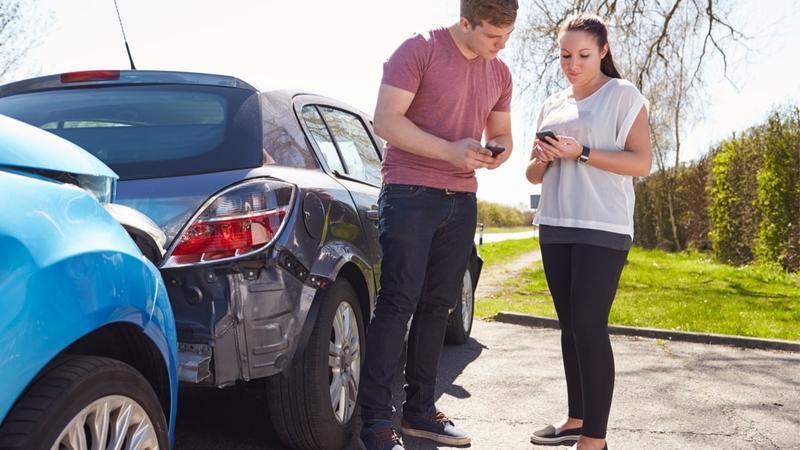Right-of-way determines which driver has the right to proceed first, and failure to obey right-of-way is the cause of a lot of car accidents. Knowing who has right-of-way and when you should yield it to another driver can help traffic flow more smoothly and reduce crashes. Right-of-way may be determined by traffic signals, signs, or by your province’s set out rules of the road.
Right-of-Way Scenario #1: Making a Left Turn
Making a left turn has to be one of the most accident prone manoeuvres a driver undertakes. The rules are pretty simple though: You must always make sure the path is clear before making your left turn. One of the few times a driver turning left has the right-of-way is at an intersection with a traffic light that has an “advance”. The advance, whether it’s a flashing green light or arrow, gives drivers turning left an opportunity to make their turn before others are allowed to proceed on their way.
Right-of-Way Scenario #2: Right Turn on Red Light
Unless signs say otherwise (or you’re driving in Montreal), making a right turn on a red light is legal. Just because it’s legal, however, doesn’t mean you have the right-of-way. When you make a right turn on a red light, you must yield right-of-way to the vehicles and cyclists travelling with the green light. Watch for pedestrians too. Pedestrians crossing the street with the green light also have the right-of-way over drivers making a right turn on a red light.
Right-of-Way Scenario #3: Merging
Whether it is a highway lane that is ending or an acceleration lane that’s merging into traffic, any car entering the flow of traffic must yield right-of-way to the cars already in it. It’s common courtesy for vehicles on highways to change lanes and allow the merging car to join the flow of traffic, but right-of-way rules don’t require it. If you are travelling in a forward direction, you have right-of-way over anyone merging into your lane.
Right-of-Way Scenario #4: In a Parking Lot
While navigating a parking lot, some drivers may get confused by who exactly has the right-of-way. It usually depends on the type of lane you are in. Parking lots have two basic types of roads: thoroughfares and feeder lanes.
Thoroughfares are the main arteries of the parking lot. Feeder lanes, on the other hand, are smaller and typically begin and end at a thoroughfare. Drivers in a thoroughfare usually have the right-of-way over those departing feeder lanes. Drivers, regardless of the type of lane, must yield right-of-way to approaching traffic, pedestrians, and cyclists when attempting to turn left or right. Similarly, drivers exiting a parking space must yield to those who are travelling through the lane they’re trying to enter.
One final thought on right-of-way in a parking lot: Remember, all stop and yield signs trump assumed right-of-way.
Right-of-Way Scenario #5: Leaving a Driveway
If you are pulling out of a driveway, whether it is a residential driveway or from a commercial parking lot, you must always yield right-of-way to the drivers in the street. Any time you move into the flow of traffic out of a driveway, drivers already moving have the right-of-way over your vehicle, and you must wait until the traffic clears to proceed.
Right-of-way is one of the things that are taken into consideration by both police when handing out traffic violations and by insurance companies when determining fault in an accident. When in doubt, yield the right-of-way to any vehicle that is already moving in a forward direction, or any time you are moving from a stopped position into the flow of traffic. You’ll prevent accidents and car insurance rate increases.
